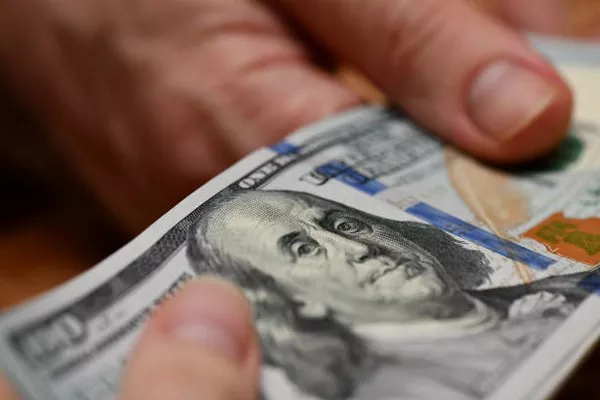Historical Context
The $2 bill holds a unique place in American currency, embodying a blend of history, curiosity, and value. Introduced in 1862, it has undergone various redesigns over the years, with Thomas Jefferson’s portrait gracing the front since 1928. Despite being relatively uncommon in circulation compared to other denominations, the $2 bill remains legal tender and continues to intrigue both casual observers and seasoned collectors.
Current Value
An up-to-date assessment of the worth of a $2 bill depends on several factors. While its face value remains $2, collectors and enthusiasts may be willing to pay more, especially for bills in exceptional condition or with unique characteristics. As of [current year], a circulated $2 bill typically sells for slightly above face value, around $2.50 to $3, while uncirculated bills can command prices ranging from $4 to $20 or more, depending on factors such as rarity and demand.
Factors Influencing Worth
Several elements influence the value of a $2 bill:
Rarity: Certain series or years of production may be scarcer than others due to lower printing numbers, increasing their value among collectors.
Condition: The state of preservation significantly impacts a $2 bill’s worth. Uncirculated bills with crisp edges, no folds, and minimal wear command higher prices than those showing signs of circulation.
Age: Older $2 bills, especially those dating back to the early to mid-20th century, often fetch higher prices due to their historical significance and relative scarcity.
Serial Numbers: Unique or low serial numbers, such as those with repeating digits or sequential sequences, can add value to a $2 bill, particularly for collectors interested in numismatics.
Valuation Guide
Determining the value of a $2 bill requires careful consideration of its specific attributes. The following valuation guide offers a general overview based on condition and series:
Circulated $2 bills: $2.50 to $3
Uncirculated $2 bills (modern series): $4 to $20
Uncirculated $2 bills (older series, pre-1953): $20 to $100 or more
These values serve as estimates and may vary depending on market conditions and individual bill characteristics.
Collector Interest
The allure of $2 bills among collectors stems from their combination of scarcity, historical significance, and aesthetic appeal. Some reasons why collectors might be interested in $2 bills include:
Uniqueness: $2 bills stand out from more common denominations, making them intriguing additions to collections.
Historical Significance: Each $2 bill reflects a piece of American history, from the early days of currency issuance to modern times, appealing to collectors interested in numismatics and Americana.
Aesthetic Appeal: The design of the $2 bill, featuring Thomas Jefferson on the front and iconic scenes on the reverse, contributes to its visual appeal and attractiveness to collectors.
Certain $2 bills, such as those with printing errors or special markings, may be particularly sought after by collectors, further driving up their value.
Practical Advice
For those interested in appraising, buying, or selling $2 bills, consider the following tips:
Appraisal: Consult with reputable coin dealers, numismatic experts, or online resources to assess the value of your $2 bills accurately. Consider factors such as condition, rarity, and current market demand.
Buying: When purchasing $2 bills, research the seller and verify the authenticity of the bills, especially when dealing with older or more valuable specimens. Attend coin shows or browse reputable online marketplaces to find a diverse selection of $2 bills for sale.
Selling: When selling $2 bills, provide clear and accurate descriptions of the bills’ condition and any unique features. Consider selling through reputable auction houses, online platforms specializing in numismatics, or directly to collectors.
Additionally, joining numismatic clubs or online forums can provide valuable insights and connections within the collecting community, enhancing your buying and selling experiences.
See Also Dollar: A Comprehensive Guide” href=”https://fxcurrencyconverter.com/archives/52437″>Investing in a Strong Dollar: A Comprehensive Guide
In conclusion
while the face value of a $2 bill remains unchanged, its worth to collectors can vary significantly based on factors such as rarity, condition, and historical significance. By understanding these elements and following practical guidance, enthusiasts can navigate the world of $2 bill collecting with confidence and enjoyment.


